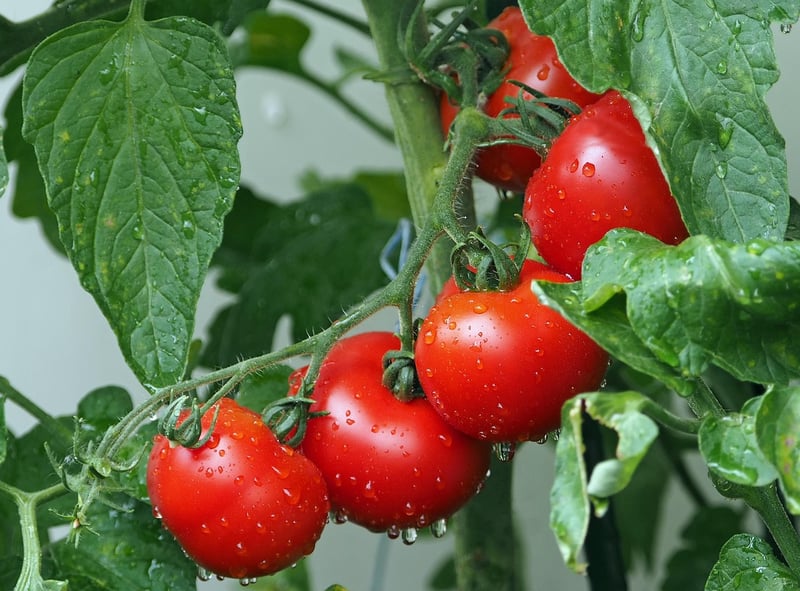Companion Planting
Optimize Your Yield with Companion Planting
Are you looking to maximize your garden's productivity while promoting a healthy ecosystem? Companion planting might just be the solution you need! By strategically pairing compatible plants together, you can optimize your yield, naturally repel pests, and enhance the overall health of your garden. Let's delve into the world of companion planting and discover how you can unlock its benefits.
What is Companion Planting?
Companion planting is a gardening technique where different plants are grown in close proximity to benefit each other in various ways. This age-old practice is based on the concept of planting certain species together to improve growth, flavor, and overall health.
Benefits of Companion Planting
Companion planting offers a multitude of benefits for your garden:
- Natural Pest Control: Some plant combinations help repel pests, reducing the need for chemical insecticides.
- Improved Pollination: Certain plant pairings attract pollinators like bees, enhancing pollination and fruit set.
- Enhanced Flavor: Companion plants can enhance the flavor of each other, leading to more robust and delicious produce.
- Weed Suppression: Dense planting can help shade out weeds, reducing competition for nutrients and sunlight.
- Space Optimization: Growing complementary plants together can make the most of limited garden space.
Popular Companion Planting Combinations
Here are some popular companion planting combinations to get you started:
- Tomatoes and Basil: Basil helps improve the flavor of tomatoes and repels pests that commonly affect tomato plants.
- Beans and Corn: Corn provides support for climbing beans, while beans fix nitrogen in the soil, benefiting the corn.
- Carrots and Onions: Onions deter carrot flies, while carrots help repel onion flies.
- Marigolds and Most Plants: Marigolds act as a natural insect repellent and can be planted throughout the garden.
Getting Started with Companion Planting
Ready to optimize your garden's yield through companion planting? Follow these steps to get started:
- Research: Explore which plants complement each other and which combinations to avoid.
- Plan Your Garden Layout: Design your garden layout to accommodate companion plant pairings.
- Implement Crop Rotation: Rotate your crops each season to prevent nutrient depletion and pest buildup.
- Monitor and Adjust: Keep an eye on your garden, observe plant interactions, and make adjustments as needed.
By incorporating companion planting into your gardening practices, you can create a harmonious and productive ecosystem that benefits both your plants and the environment. Start experimenting with companion planting today and watch your garden flourish!




